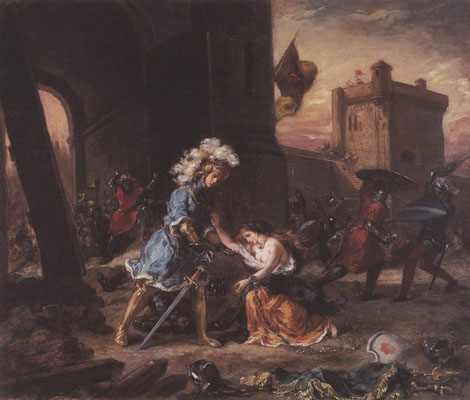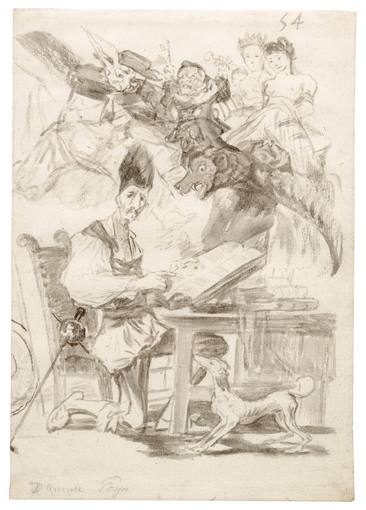In Miguel de Cervantes’s lifetime, Spain had two very different moods….
…It was this mood of exaltation in the time of the Emperor, Charles V, which found its popular expression in the famous “romances of chivalry.” Throughout the sixteenth-century, but particularly in the Emperor’s reign, they were the best sellers of Spain; for though absurd in content, they symbolized a boundless new confidence which found nothing impossible. The adventures of Amadis de Gaul, Policisne de Boecia, Palmerin de Oliva, and their descendents were published and republished in serial form, and there is scarcely a famous Spaniard of “the golden century” who was not an avowed or secret reader of them: for the condemnation of the Church was powerless to suppress them. Wounded at Pamplona, the young ignatius of Loyola spent his convalesence reading them, and when he became a missionary saint, his activities read like one of them: he became a knight errantof religion. Saint Teresa of Avila confesses thet in her youth she was never happy unless she was secretly reading them.

Amadis de Gaul by Eugene Delacroix. —Cervantes may have been a bit bitter about his less-than-ideal life circumstances (he was always poor and suffered an injury that left his left hand lame), but he’s not being all that stuck up here. Certainly he’s elevating himself, but all of Don Quijote is one big joke, so it makes sense that he’s elevating himself partly in jest, as Don Quijote is elevated and “exalted for valor” in jest.
These sonnets add to the overall mood of satire and parody in the book, as well as pointing out how silly they are, not only in this book, but in any book. Amadis de Gaul, an “actual” knight who went on real adventures and fought real evils would never write this kind of thing to a raving lunatic who ran around with a barber’s wash basin on his head. But that’s why it’s funny.—click image for source…
The Emperor himself, ignoring the protests of his clergy, was a constant reader and even wrote a sequel to one of them. They were he favorite reading of his soldiers in Italy. in spite of an official ban they poured into the Indies. When the companions of Cortes looked for the first time on the lake of Mexico, studded with Aztec cities, “we were amazed,” says one of them, “and said that it was like the enchanted things related in the book of Amadis de Gaul.” The passion of the Spanish soldiers in America for these “lying histories” has left its traces today: California in the Northern Hemisphere, Patagonia in the Southern, are both named after heroines in these trashy novelettes.






 COMMENTS
COMMENTS